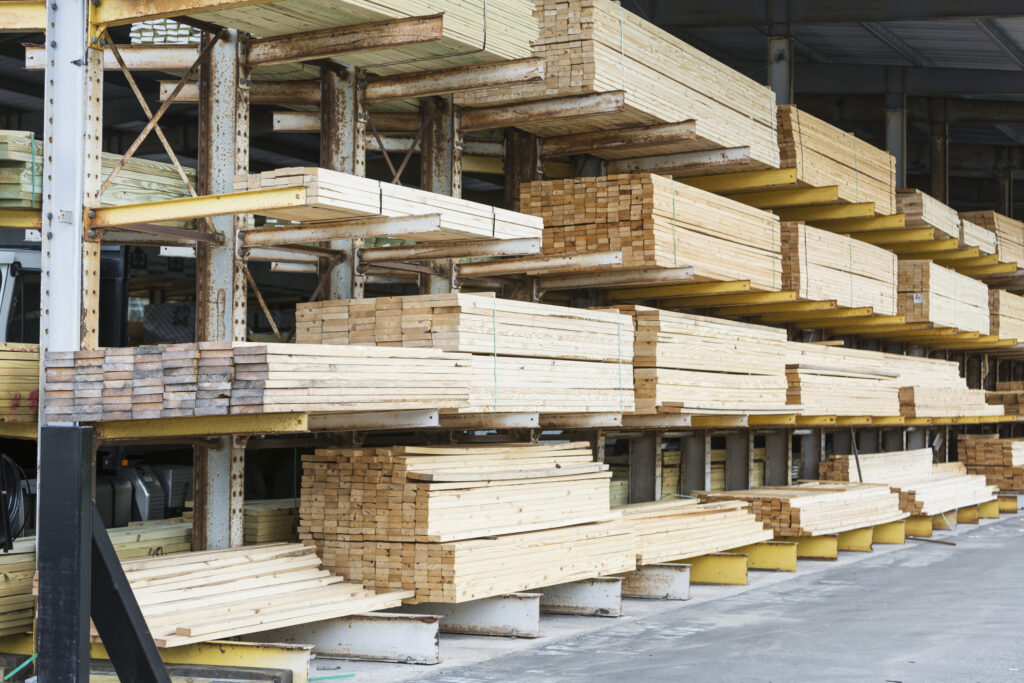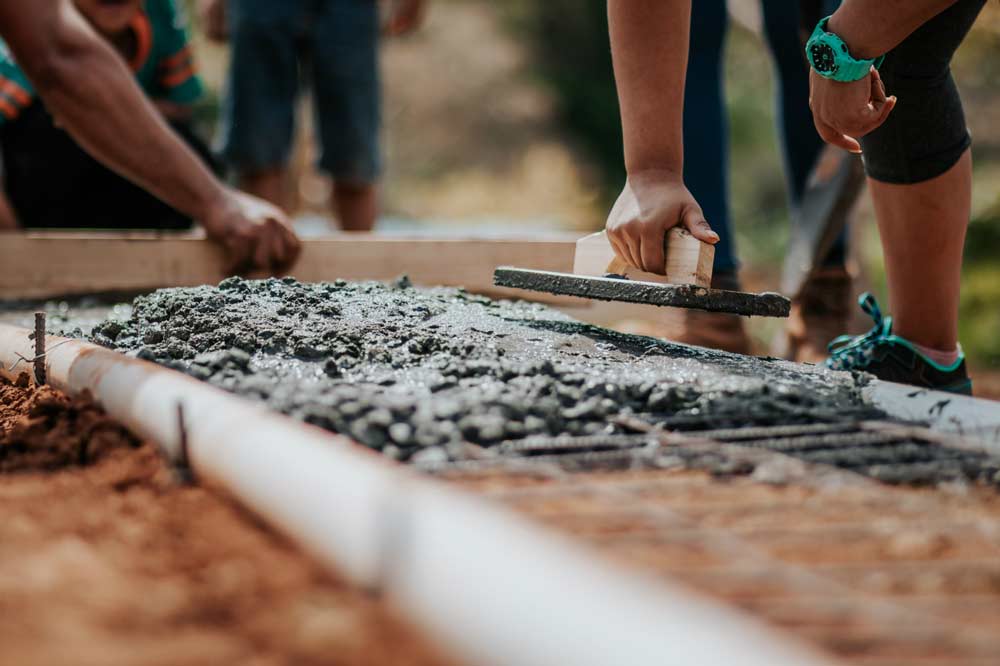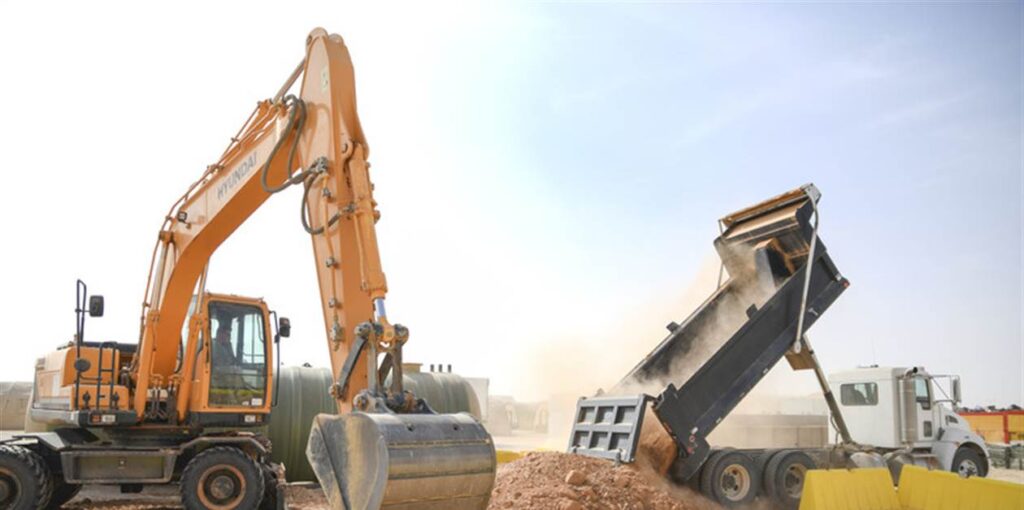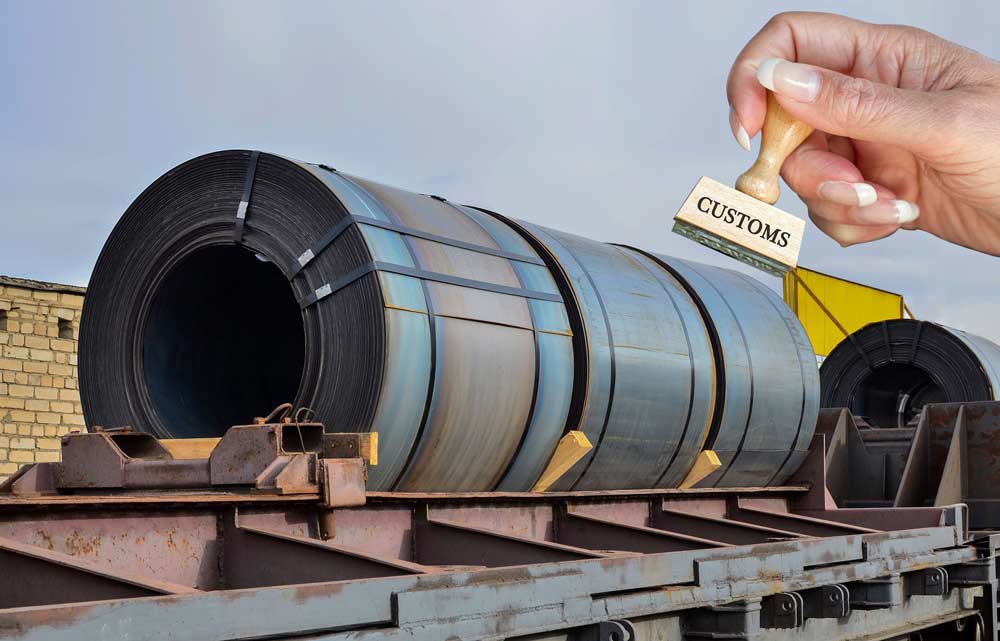The COVID-19 pandemic in 2020 caused unprecedented social and economic disruption, making it one of the most significant black swan events. According to some experts, the global financial crisis has caused more havoc than any other event in recent history. COVID-19 has a significant economic impact on the construction and building materials industries. We can see trends such as cash flow disruption, supply chain breakdowns, the rise of telecommuting, resource shifts, the need for social distancing, and more that will result in change at every level. Despite this, some trends will continue, with some shifts, against all odds. Here is the list of the major trends that will shape the construction and building material industry through 2021.
Impact of COVID-19 in Building Material Supply Chains
According to the report, India imports 14.63 percent of its construction materials from China, 6.30 percent from the United States, and 5.56 percent from Saudi Arabia. Other significant suppliers, including Malaysia, Italy, the United Kingdom, Belgium, Germany, France, and Singapore, have also suffered significant losses as a result of COVID-19. Although India is dependent on a small number of countries, the global impact of the corona crisis suggests that the building materials supply chain will be disrupted. The building materials industry is expected to shift by nearly 15% this year, owing to an unexpected 50.3 percent contraction in the second quarter.

For all equipment materials, the Indian construction industry is heavily reliant on China. According to data provided by the Ministry of Commerce and Industry, India’s total commodity import bill from China was $49 billion between March 2019 and February 2020. China accounted for 11.8 percent of India’s total imports during the same time period. When we consider the construction and real estate industries, we can see that it is one of India’s most important sectors for importing construction and building materials from China.
Furthermore, most interior finishing materials, such as carpets, fire alarm protection systems, and acoustic panels, are imported from China. Because of the constraints imposed by the pandemic, supplies would arrive to the project site at a slower rate. Other key construction materials, such as steel, may see price increases in the future, increasing the cost of construction and reducing profit margins for real estate developers.
Cement Industry May See A Fall Due to Carbon Footprint
Cement is essential for construction, but its production accounts for 7 to 8% of global CO2 emissions, emphasising the sector’s massive carbon footprint. Furthermore, the use of fossil fuels to heat kilns accounts for approximately 40% of cement emissions. And the global concrete industry is looking for ways to reduce emissions, especially because it plans to grow dramatically over the next 30 years.

Even in India, the push to reduce carbon immersion is strongest, and the Indian cement industry is deeply committed to achieving long-term environmental goals, as evidenced by a cement sector report published by CDP (formerly Carbon Disclosure Project). According to the report, India accounts for 5 of the 10 global cement companies demonstrating low-carbon transition. As per the report, deep emission cuts are costly, costing around USD 50-100/t CO2, and capital intensive. As a result, the cement will be twice as expensive. It aims to use alternative raw materials and fuels in the manufacturing process to reduce emissions.
Indian Housing Prices Decline
According to a poll conducted by Reuters, the average house price expected to fall 6% this year and 3% in 2021. Furthermore, in order to boost the affordable housing project, the government has provided tax breaks so that more people can benefit.

According to some experts, the effects of the pandemic would result in a 10-20% drop in property prices. As per the sources, land prices could fall by as much as 30 percent.
Commercial and Infrastructure construction Sees Sharp Rebound
Despite the current gloomy situation due to the pandemic, the commercial and infrastructure industry is expected to rebound sharply and grow by 11.6 percent in 2021, according to Global Data, a leading data and analytics company. This rebound will also be boosted by pent-up demand and a lower base. Furthermore, the government’s Affordable Rental Housing Complex and push for ‘Atmanirbhar Bharat’ will contribute to this growth.

Furthermore, the global shifting of supply lines from China benefits the industrial construction sector because the Indian market offers advantages such as low-cost labour and a large captive market. States have increased spending on transportation infrastructure and commercial construction, and this trend is expected to continue in 2021, because much of this spending comes from sources other than general tax revenue, such as licences, charges, bonds, and tools.
The impact of tariffs on the Building materials industry
Construction materials will suffer substantially by trade war measures by both India and China. Last year, many businesses adjusted to the effects of tariffs on prices and commodity costs. According to the most recent data, India’s trade deficit with China was $46.8 billion between April 2019 and February 2020. In February, India raised tariffs on Chinese imports of furniture, glass, iron, and steel.

Even the Swedish giant IKEA expressed dissatisfaction with the higher tariffs at the time. Companies, on the other hand, made up for this by increasing sales in 2020. Tariffs on building materials may rise in 2021, which will have a negative impact on demand. However, if no new tariffs or duties take effect, profit margins may increase as businesses adjust to price increases.
Acquisition Deals in Distress
The slowing economy and widespread disruption caused by covid will force strategic investors, buyers, and promoters to avoid acquisition activity, buy back shares, and delist in 2021 as well. There will be more inbound deals; Chinese investors will stay away, and outbound M&A will slow.

Deals will be control by private equity. The real estate sector, which is a subset of the construction industry, will experience liquidity problems. Supply chain disruptions in global markets, particularly in China, will encourage mergers and acquisitions to secure raw materials.
A Negative Period for Compound Annual Growth Rate
The recession caused by the pandemic will impact building construction over the next 8 quarters in India. Indications are for it to grow at a 15% CAGR to INR 29,782.2 billion by 2024. Various building construction sectors, including commercial, industrial, and residential, likely to suffer the most. Because of the covid-19 outbreak, consumer and business emotions expect to recover slowly. Only affordable housing in the residential sector will remain unaffected, thanks to private and public funding.
Reimagined Value of the Outdoors
Nature, fresh air, and social interaction will play a key role in architecture trends in 2021. The demand for building materials used in the construction of outdoor spaces will skyrocket. To relax and work outside, people will build outdoor fire pits, kitchens, porches, patios, and backyards.

In 2021, smart urban gardens will be a clear trend. In response, building material companies would like to raise prices of materials used in outdoor projects.
ALSO READ: Construction prices increased despite real estate prices not falling
Rising Interest from Potential Home-Buyers
There will be a significant increase in home buyer interest, with many of them looking for larger apartments. The number of NRIs interested in investing in metro cities is increasing as developers present digital presentations. Lower interest rates and a weaker rupee certainly help with faster decision-making. A full-fledged revival, on the other hand, will take at least two years or so.

